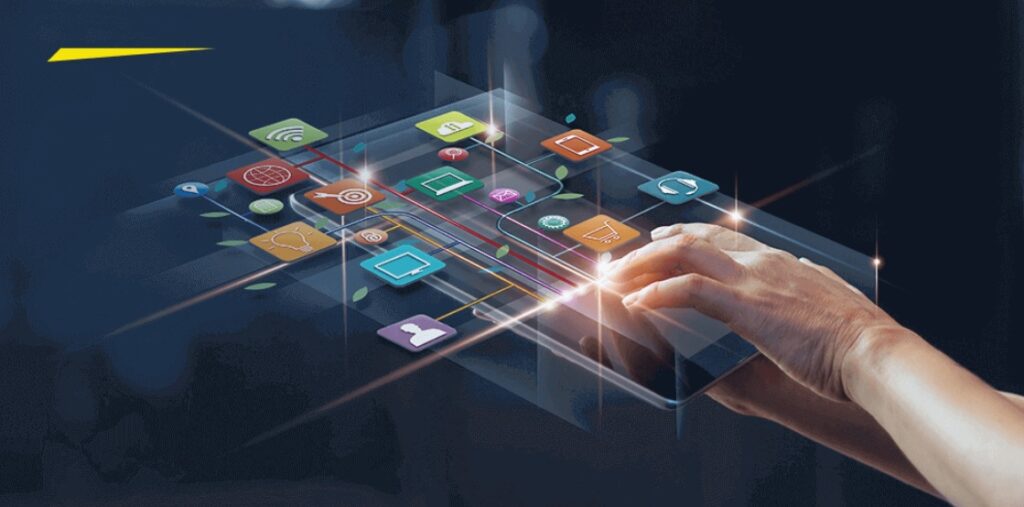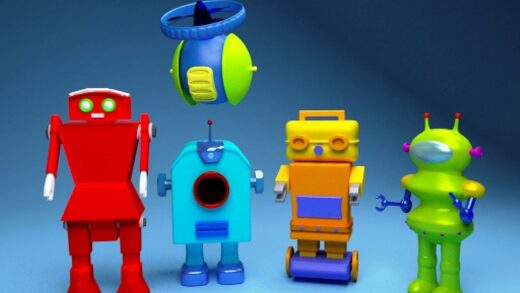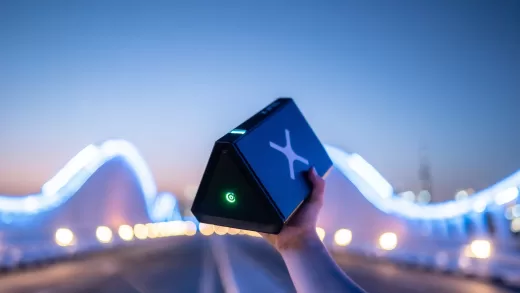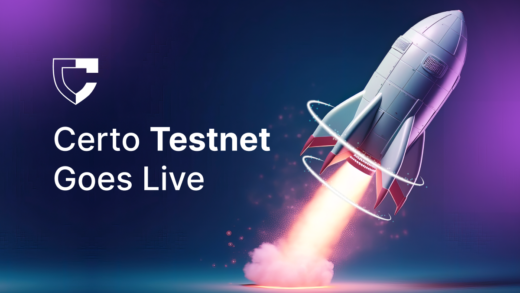The Web, as an open, collaborative ecosystem, has had better days. From the heyday of hypertext and email to open source, walled gardens later emerged, powerful and efficient ecosystems owned by big technologies like Apple, Amazon, Google, WeChat, Meta… in short, the big companies that today are trying to offer – in their ecosystems – a rich experience that contributes to the return and as much time spent there (and money invested, of course).
Thus, we are at the top of Web 2.0 and according to some, we are moving towards version 3.0 with virtualization, live-streaming and real-time shopping, deepfakes, quantum computing, virtual and augmented reality, 5G, WiFi6, etc. The development of these technologies we can observe on the example of web 3 marketing by NinjaPromo do not be surprised if instead of reading that we are working in Web 3.0, there are those who works on Web3. Like this. There is no zero. It makes no sense. And this is not a mistake. And still.
Web3 or Web 3.0?
The distinction is still confusing and, I would even say, controversial; there is no exact “agreement” signed somewhere that defines what one and the other is, but the distinction is suggested as follows (tentatively):
Web 3.0 can be seen as an evolution of the current Web (2.0), as described above; The rules of the game don’t change, but the technology that powers the game expands the possibilities of what you can do in it. Even the concept of a semantic web can be recognized as valid here, that is, Tim Berners-Lee’s vision of a network in which any machine can access and interpret any type of data without “bumping” into protocols or languages, which thus prevent global interoperability.
However, with Web3, we have to explore the concept from a different point of view, namely in terms of full decentralization. A movement that seems to have joined some of the pioneers of the modern web to restart it with the same idealistic principles of yesteryear. In other words, return the network to its completely open nature and without any intervention from many or few to “lead” it and decide, transform it into a genuine autonomous, organic and powerless entity capable of changing it, not to mention to current (financial, technological, regulatory…). And for that, they believe and base the viability of Web3 on blockchain and NFT, without the dominance of walled gardens, without merging entities, without decision-making powers “per se” and among themselves.
Some of those who advocate this new website even use the following illustration to explain the concept:
– The pre-web society is run by central banks and local governments:
– The current web is from GAFA and other Big Tech;
Web3 will be driven by mathematics.
The defense is that Web3 will bring real independence and freedom, given that the current web does not allow this, since it is enough to influence some companies (Big Tech again) that someone can invade and hack systems or have almost complete control and prevent the presence of others in the digital space. On the other hand, in Web3, since it’s an absolutely unobjectionable and controlled web, it’s the only way to test the premise of the “real web”.
The paradigm may seem and be revolutionary if we remember that for thousands of years we have trusted institutions that manage, manage, make decisions, mediate, determine the rules of who has what, who owes whom, etc. In this new Web3 concepts the institutions are abolished because their architects believe that they will always be wrong due to the simple fact that they are run by… people, and people are fallible (they are people, they are subject to personal bias, they are corrupt, etc.). d.). Thus, only an incorruptible system (hence the math-based root) and truly decentralized can be the solution as a “regulatory and checking institution”.
Why is this important, and why are figures like Jack Dorsey, the founder and former CEO of Twitter, who left (again) to focus on blockchain at another company (now called Block, formerly Square), in the news these days? So let’s apply the above concepts to the context of Twitter. If everything you do on Twitter today is owned by Twitter (which stores your posts in its databases and later monetizes them with traffic to the Twitter platform), in the Web3 view, everything you post on any social network is the property of the user. Belongs to you, not the platform, the ability to move photos, posts, videos anywhere, the ability to delete, rewrite, sell, license your tweets saved in the form of NFT, and thus be able to monetize what you wrote / published on any Platform.
This could even be the explanation for Jack Dorsey’s departure as CEO of Twitter… but no. Jack Dorsey himself recently tweeted (along with Elon Musk) that he was discrediting Web3 and argued that it would be just another network where nothing would change because the same few would be running: namely, venture capital firms. Capital that is already behind. Those who already own Web 2.0 for the same reasons they always have – because they think they make more money there than there.
So while Musk and Dorsey seem to be more focused on blockchain for Web 2.0 to evolve into Web 3.0, others are betting on Web3 being truly decentralized and conditionally/conceptually beyond the realm of the many or few, into a new architecture that, in their opinion, can completely change society.
Whether this will be the case, for better or for worse, we will see. Also, since so much of what we’re talking about here happened in this millennium, and at a proven exponential rate, we will certainly get a good picture by the end of this decade. One thing is clear: investments in blockchain-related technologies and companies do not stop growing, not least because it will serve both one and the other vision. And in one respect, both approaches are the same: Web3 or 3.0 are at least numerically the same.













